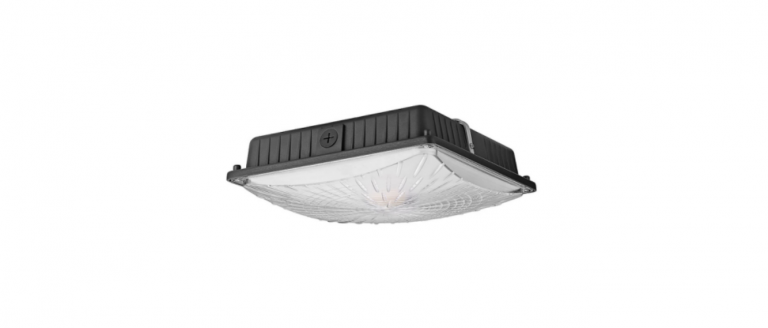
Light-emitting diodes are different from the regular halogen bulbs because they lack filaments that current is passed through. Note, an LED works through a semiconductor. As long as electrons stay in motion, light is generated. The positive outcome of this process is the ability to change the color of the emitted light by manipulating its frequency.
The small component size of LED screens and diodes means that they are used in virtually all types of electronic devices and machines, including laptops, cellphones, and vehicles. LED parking lot lights also tend to use up little power compared to other lighting alternatives. Thus, having been in primary industrial use for years, LED lighting solutions to produce minimal heat when utilized in components that do not consume a lot of currents. Let’s look at the advantages of LED lighting over HID and halogen lighting solutions.
Understanding HID
High-intensity discharge (HID) or xenon lighting solutions contain xenon gas. What produces light is an electric discharge that jumps between two electrodes made of tungsten. The most common use of HID lighting is in flood lamp installations at stadiums, as well as in street lamp designs. If your setup requires high-powered lighting, HID is a viable option.
The reason people prefer HID light over halogen is that HID offers brighter illumination, as well as increased energy efficiency. Many automobile fans like HID lighting in their headlights due to the distinctly fresh blue hue of the HID light. In contrast to LED and halogen lighting techniques, the lifetime of an HID light source depends on the number of times it is switched on, not the overall lifetime of the device.
Understanding halogen lighting
Halogen lighting solutions usually contain an incandescent bulb, which itself contains a tiny tungsten filament. The lamps also include halogen gas. However, most garden variety halogens make use of argon. The effect of the halogen gas is to enhance the re-depositing of tungsten back onto the filament even after it evaporates. This promotes the life expectancy of the halogen bulb. It also serves the additional purpose of increasing the bulb’s lifespan. The filament is heated to white-hot once a current is run through it, thus emitting light.
Advantages of LED lighting over halogen and HID
- Performance
LED parking lot lights usually turn on immediately, with no flickering. HID lighting requires 5 to 10 minutes to warm up. LED lighting can generate focused beams of light in multi-directions.
- Luminous efficiency
This is a ratio comparing the amount of light emitted by a source to the power that the source draws. Halogen bulbs have a very low luminous efficiency, only 2 to 4%. LEDs produce 100 lumens per watt and above.
- Life span
An HID lighting solution is only expected to last roughly 15,000-25,000 hours, while LED parking lot lights are capable of functioning for more than 100,000 hours.
- Durability
Since LED parking lot lights do not contain electrodes or filaments, they are vibration and shock-proof. HIDs and halogens always include moving parts like filaments and glass bulbs, which prove fragile.
Conclusion
LED parking lot lights are an excellent lighting solution for any zone of your property or home. Compared to halogens and HIDs, LED solutions are more durable, last longer, perform better, and possess greater luminous efficiency.